Why Massage Guns Are Essential for Recovery
Ever finished a workout feeling like your muscles are screaming for mercy? That’s where massage guns come in, acting like a personal masseuse you can whip out anytime. These handheld devices use percussive therapy to deliver rapid bursts of pressure into your muscle tissue, easing soreness and speeding up recovery. They’re not just for elite athletes—whether you’re hitting the gym, running marathons, or just dealing with the aches of daily life, a massage gun can be a game-changer. By increasing blood flow and breaking up muscle knots, they help you bounce back faster, so you’re ready for your next session without hobbling around like a rusty robot.
How Massage Guns Work
Massage guns aren’t magic wands, but they’re pretty close. They rely on percussive therapy, which sends quick, repetitive pulses deep into your muscles. Think of it like a drummer rhythmically tapping away at tight spots, loosening them up. This action stimulates blood flow, reduces muscle tension, and helps flush out waste products like lactic acid that build up during exercise. Studies, like one from the Journal of Clinical and Diagnostic Research, show that percussive therapy can significantly cut down on delayed onset muscle soreness (DOMS), making those post-workout days less painful. The result? Your muscles feel refreshed, not like they’ve been through a meat grinder.
Benefits Beyond Recovery
Sure, massage guns are recovery rockstars, but they’re not one-trick ponies. They can boost flexibility by loosening tight fascia, the connective tissue around your muscles. They’re also great for stress relief—imagine melting away the day’s tension with a few minutes of targeted massage. Plus, regular use can improve your range of motion, which might just help you nail that deadlift PR or avoid pulling something during a sprint. Some users even report better sleep after a session, as the relaxation effect calms your nervous system. It’s like giving your body a mini-vacation.
Key Features to Look for in a Massage Gun
Not all massage guns are created equal, so what should you prioritize? A good one needs to pack enough punch to reach deep muscle tissue without sounding like a jackhammer or weighing as much as your gym bag. Let’s break down the essentials to ensure you’re not stuck with a dud.
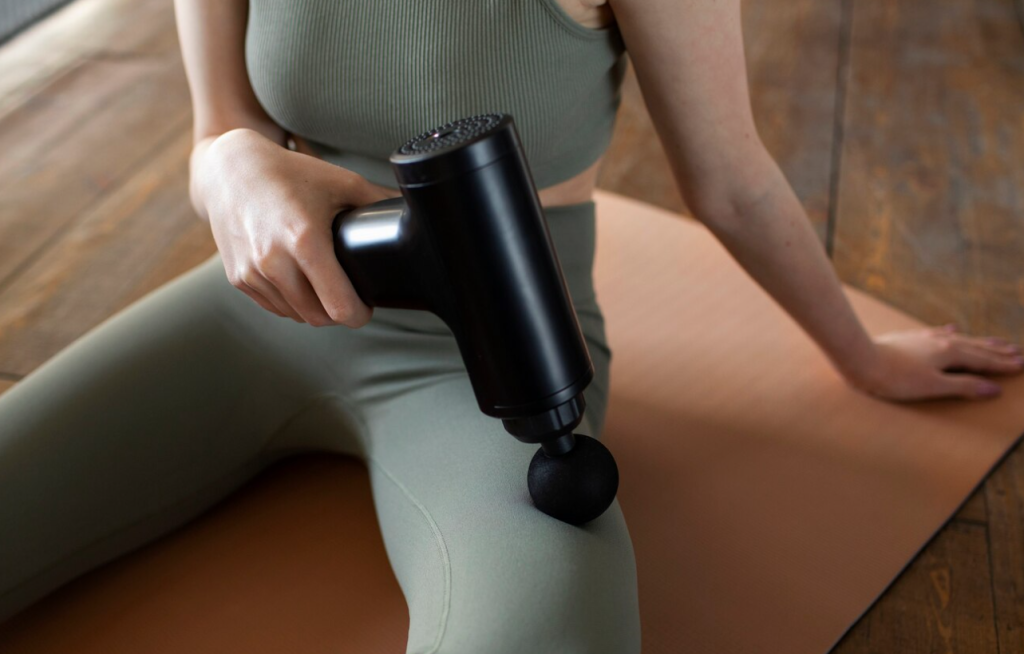
Power and Amplitude
The power of a massage gun is measured by its stall force (how much pressure it can handle before stalling) and amplitude (how deep the pulses go). For post-workout recovery, aim for at least 30 pounds of stall force and a 12-16mm amplitude. Anything less might feel like a tickle, not a deep tissue massage. High-end models like the Theragun Pro offer up to 60 pounds of force, perfect for serious athletes with stubborn knots.
Attachments and Versatility
Attachments are like the Swiss Army knife of massage guns. Most come with multiple heads—round ones for large muscle groups like quads, bullet heads for trigger points, and fork heads for areas like the spine. The more options, the better you can customize your session. For example, a flat head is great for gliding over your hamstrings, while a cone head digs into that pesky knot in your shoulder. Look for at least four attachments for maximum versatility.
Noise Level and Portability
Nobody wants a massage gun that sounds like a lawnmower. Quieter models, like the Hyperice Hypervolt 2 Pro, operate at around 50-60 decibels, so you can use them without waking the neighbors. Portability matters too—lightweight options under 2 pounds, like the Theragun Mini, are easy to toss in a gym bag or take on trips. A long battery life (at least 2 hours) ensures you’re not tethered to a charger mid-session.
Top Massage Guns for Post-Workout Recovery in 2025
Ready to find your muscle-soothing soulmate? After digging through expert reviews, user feedback, and hands-on testing, here are five standout massage guns that’ll have your muscles singing with relief.
Theragun Elite
The Theragun Elite is the gold standard for a reason. With a 16mm amplitude and 40 pounds of stall force, it digs deep into sore muscles. Its triangular handle lets you grip it in multiple ways, making it a breeze to reach tricky spots like your lower back. The OLED display shows speed and force, and Bluetooth connectivity pairs with the Therabody app for guided routines. It’s not cheap, but for serious athletes, it’s worth every penny. Downside? It’s a bit noisy compared to competitors.
Hyperice Hypervolt 2 Pro
If you want power without the racket, the Hypervolt 2 Pro is your pick. It’s quieter than the Theragun Elite (around 55 decibels) but matches it in intensity with five speed settings up to 2,700 percussions per minute. The ergonomic handle and five attachments make it versatile for full-body recovery. Testers love its smooth operation and long battery life (3 hours). It’s a tad heavier at 2.6 pounds, but the trade-off is worth it for the performance.
Ekrin Athletics Bantam
Don’t let the compact size fool you—the Ekrin Bantam is a powerhouse for budget buyers. Weighing just 1.1 pounds, it’s ultra-portable with a 12mm amplitude and 35 pounds of stall force. It’s whisper-quiet at 45 decibels, perfect for late-night recovery sessions. With four attachments and five speeds, it’s versatile enough for most users. The catch? Battery life is shorter at 2 hours, so keep that charger handy.
Theragun Mini
The Theragun Mini is the ultimate travel buddy. At just 1.4 pounds, it fits in your pocket but still delivers 20 pounds of force across three speeds. It’s ideal for quick post-workout sessions or targeting smaller muscle groups like calves or forearms. The downside is its limited power compared to full-size models, so it’s best as a secondary device for on-the-go relief.
OPOVE M3 Pro
The OPOVE M3 Pro strikes a sweet spot between price and performance. With a 14mm amplitude, five speeds, and six attachments, it’s versatile for beginners and seasoned gym-goers alike. Testers praise its quiet operation and comfortable grip, plus a 2.5-hour battery life. It’s not as powerful as premium models, but for casual users, it’s a fantastic value.
How to Use a Massage Gun Effectively
Got your shiny new massage gun? Awesome, but don’t just start hammering away. Here’s how to use it like a pro to maximize recovery and avoid mishaps.
Pre-Workout vs. Post-Workout Use
Using a massage gun before a workout can warm up your muscles, boost circulation, and improve power output—think of it as revving your engine. Spend 30 seconds per muscle group. Post-workout, it’s all about recovery. Focus on sore areas for 1-2 minutes each to reduce DOMS and flush out toxins. For example, hit your quads and calves after a run to keep soreness at bay.
Safety Tips to Avoid Injury
Massage guns are safe when used correctly, but don’t go rogue. Start on the lowest speed and avoid bony areas like your spine or joints, as they can irritate tendons. Never use it on injuries without consulting a physical therapist. And don’t overdo it—2 minutes per muscle group is plenty to avoid overstimulation. Think of it like seasoning food: a little goes a long way.
Comparing Massage Guns to Other Recovery Tools
Massage guns aren’t the only recovery game in town, so how do they stack up against foam rollers and professional massages?
Massage Guns vs. Foam Rollers
Foam rollers are great for broad strokes, but they lack the precision of massage guns. A gun can zero in on a specific knot, while rolling requires more effort and time. Guns also deliver deeper pressure, making them better for intense recovery needs. However, foam rollers are cheaper and don’t need batteries, so they’re a solid backup.
Massage Guns vs. Professional Massages
A professional massage is the ultimate treat, but it’s pricey and requires scheduling. Massage guns offer similar benefits—improved circulation, reduced tension—at a fraction of the cost and on your terms. They won’t replace the human touch for complex issues, but for daily recovery, they’re hard to beat. It’s like choosing between a home-cooked meal and a chef’s tasting menu.
Who Can Benefit from Massage Guns?
Massage guns aren’t just for gym rats. Runners can target sore calves, office workers can ease neck tension from hunching over desks, and even seniors can use them to improve mobility. If you’ve got muscles (spoiler: you do), a massage gun can help. They’re especially clutch for anyone who wants to stay active without letting soreness slow them down.
Conclusion
Massage guns are like a secret weapon for post-workout recovery, turning sore, tight muscles into a distant memory. From boosting circulation to reducing DOMS, they offer a convenient, effective way to keep your body in top shape. Whether you’re a hardcore athlete or just someone who wants to move without wincing, there’s a massage gun out there for you. Pick one with the right power, attachments, and portability for your needs, and you’ll wonder how you ever lived without it. Ready to give your muscles some love? Grab a massage gun and feel the difference.
FAQs
- Can I use a massage gun every day?
Absolutely, as long as you’re not overdoing it. Stick to 1-2 minutes per muscle group and avoid using it on the same spot for too long to prevent overstimulation. - Are massage guns safe for beginners?
Yes, they’re beginner-friendly! Start with the lowest speed, use the softer attachments, and follow the manual’s guidance to ease into it. - Do massage guns help with injury recovery?
They can aid in muscle recovery, but for injuries, consult a physical therapist first. Using a gun on a strained muscle without guidance could worsen it. - How long should a massage gun session last?
Aim for 30 seconds per area for warm-ups and 1-2 minutes for recovery. A full-body session shouldn’t take more than 10-15 minutes. - Are expensive massage guns worth it?
Premium models like Theragun offer more power and features, but budget options like the OPOVE M3 Pro can still get the job done for most users.

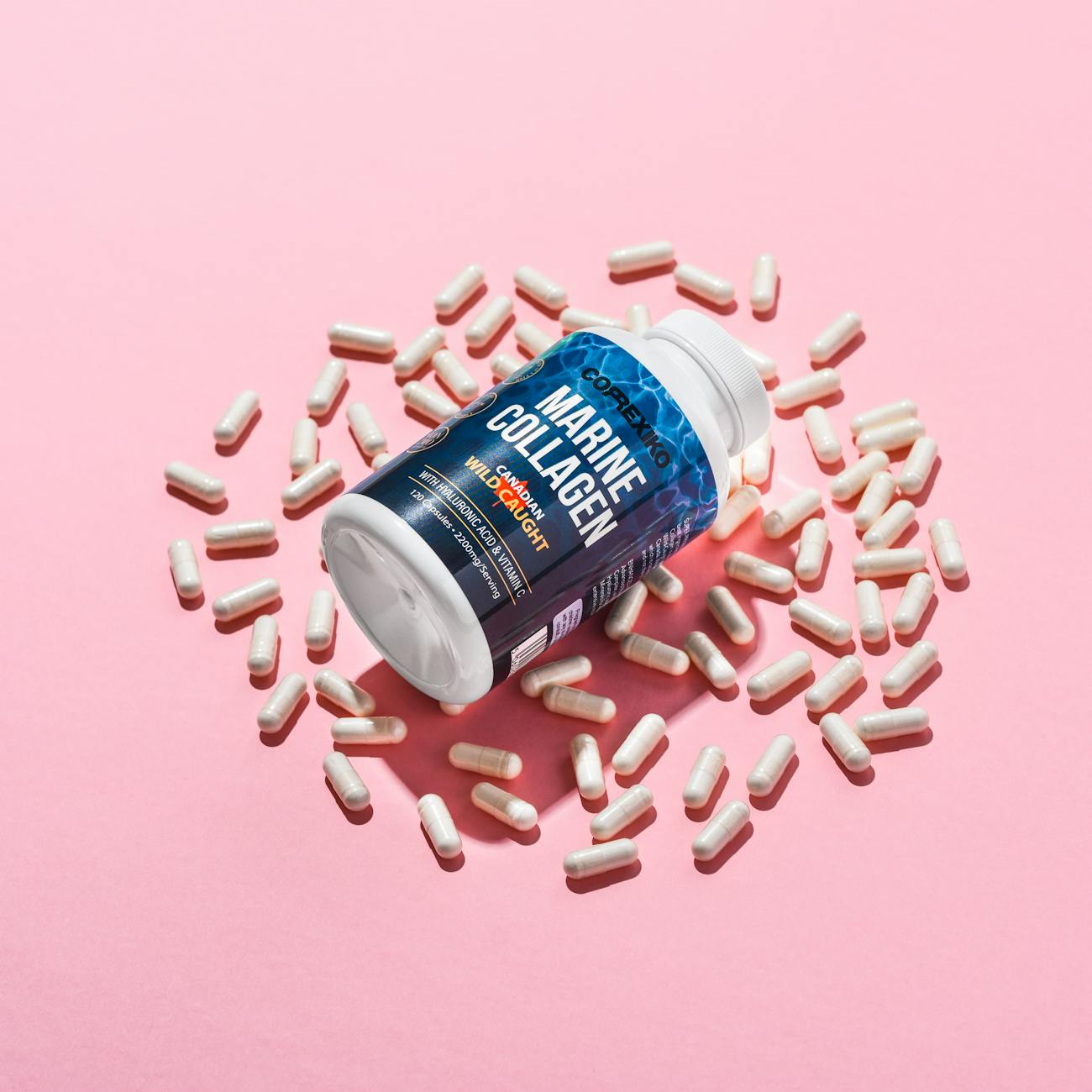


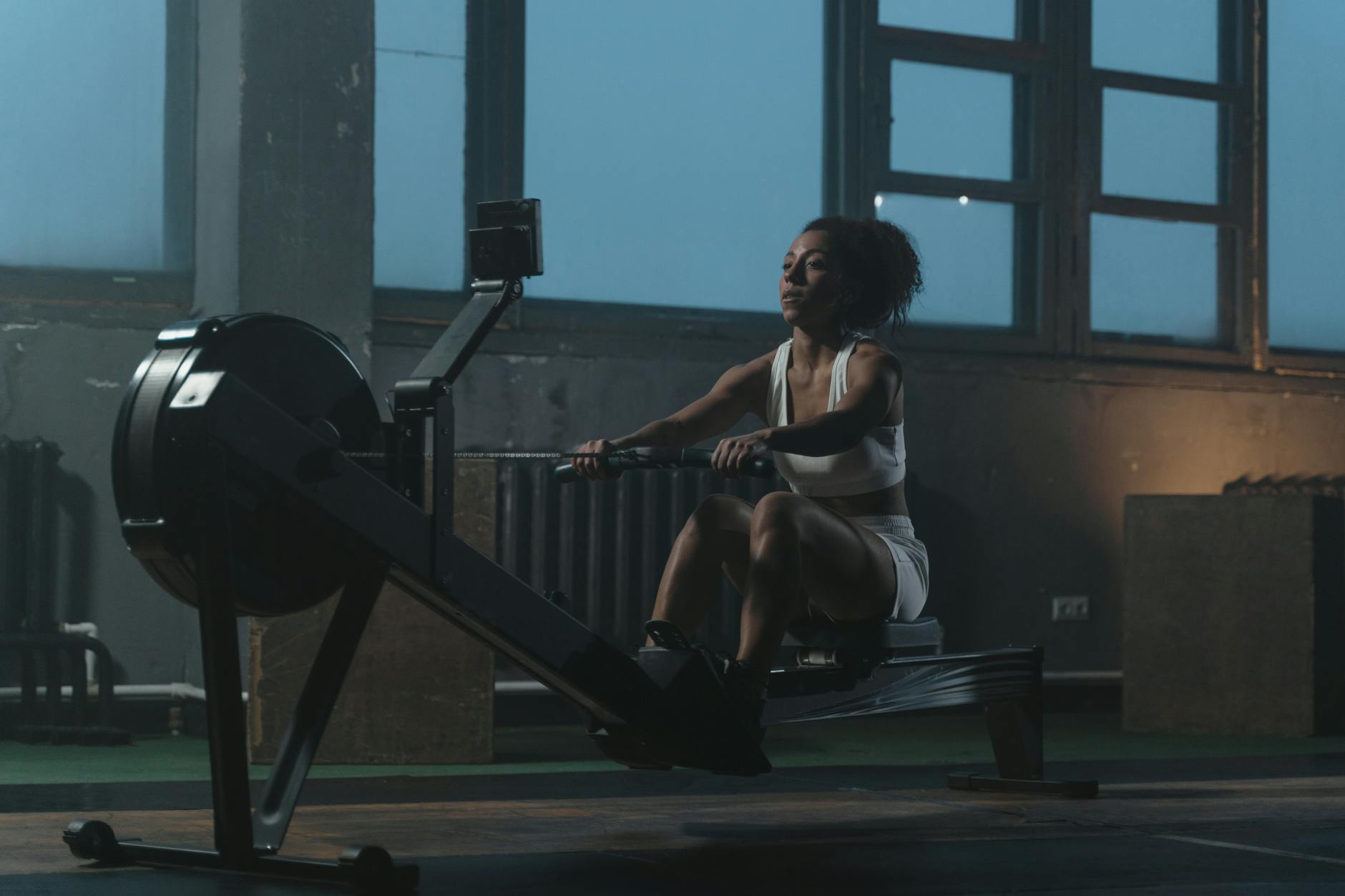







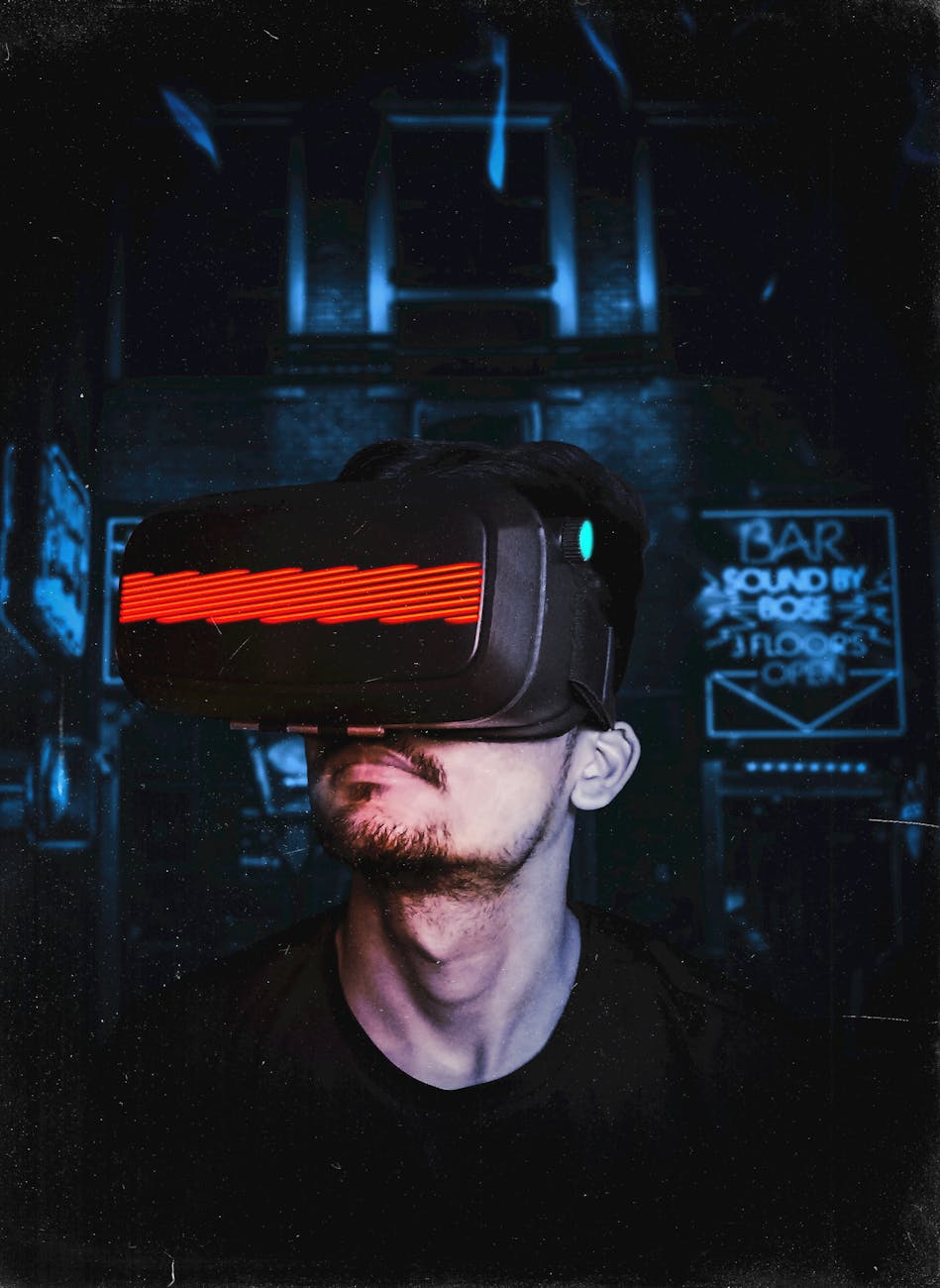

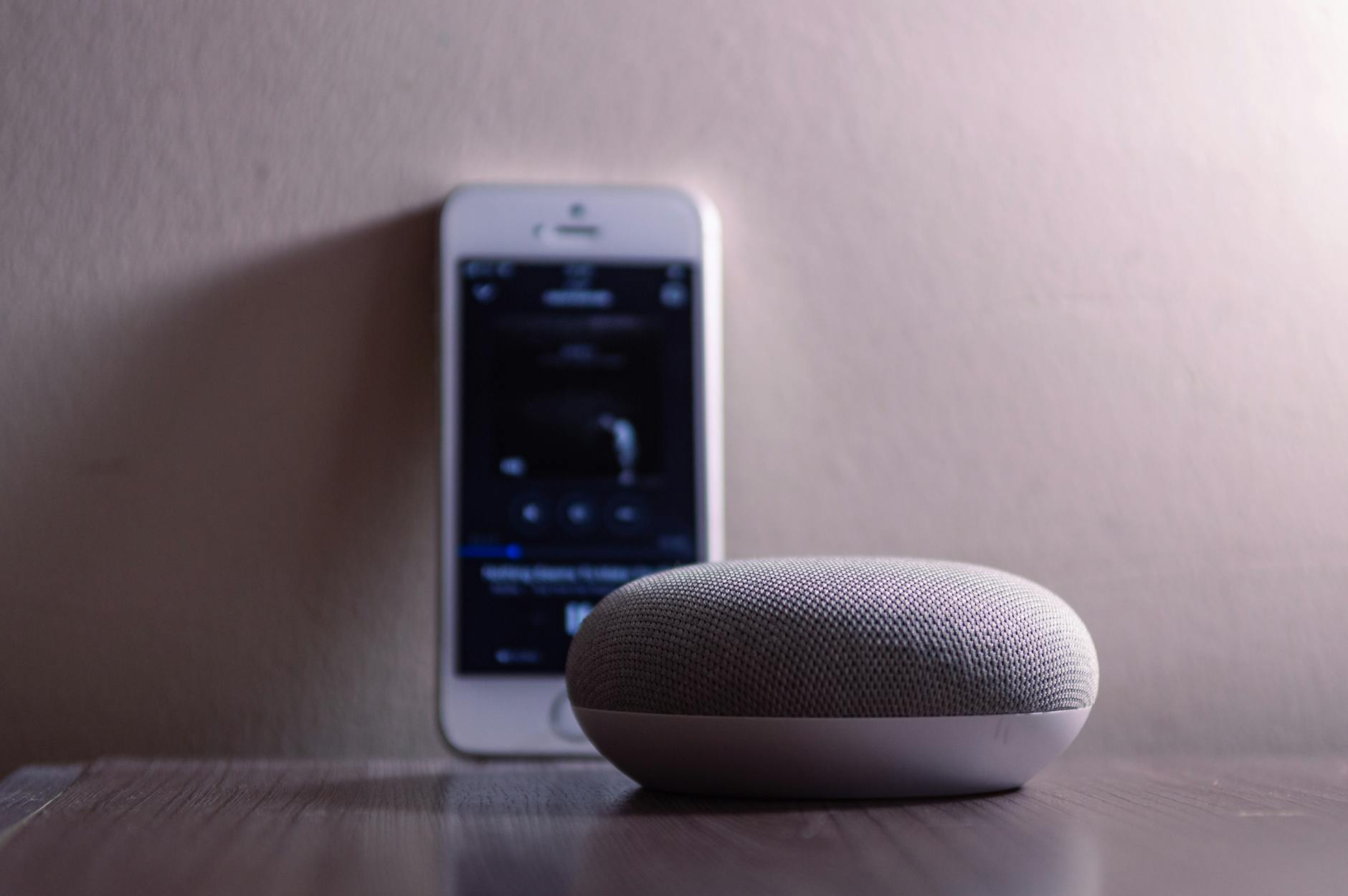
Leave a Reply